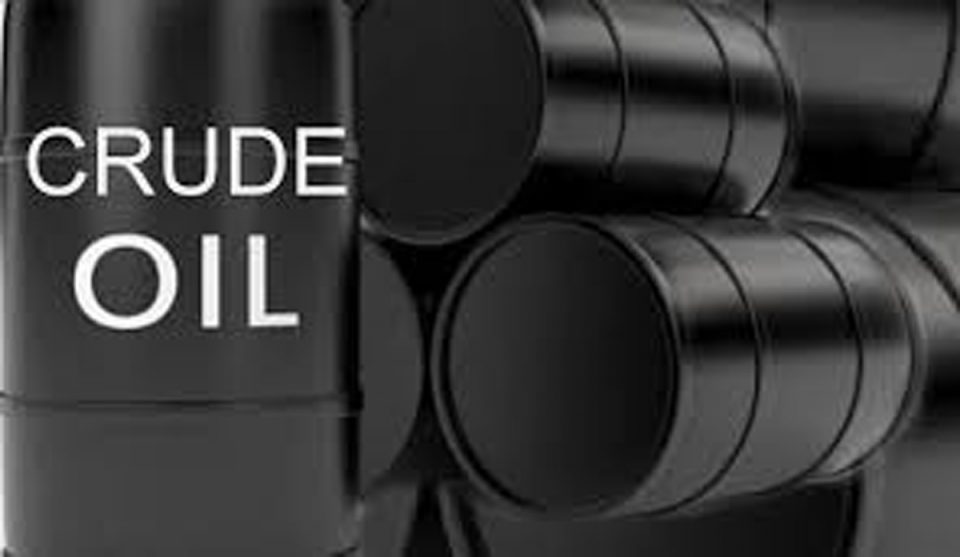Oil industry analysts have predicted that Brent prices could hit $100 by the end of this year as the new one million barrels per day (bpd) production cut Saudi Arabia announced on Sunday would further tighten the oil market.
The Organisation of Petroleum Exporting Countries(OPEC)+ producers decided to keep the current cuts until the end of 2024, while OPEC’s top producer and the world’s largest crude oil exporter, Saudi Arabia, said it would voluntarily reduce its production by 1 million bpd in July, to around 9 million bpd.
The Saudi cut could be extended beyond July, Saudi Energy Minister Prince Abdulaziz said on Sunday, describing the announced reduction as a “Saudi lollipop.”
“With Saudi Arabia protecting oil prices from sliding too low by cutting production, we think oil markets are now more prone to a shortfall later this year,” Commonwealth Bank of Australia analyst Vivek Dhar said in a note carried by Reuters.
Even if China’s oil demand is not as strong in the second half of this year as expected, Brent Crude futures are set to rise to $85 per barrel by the fourth quarter of 2023, Dhar added.
Early on Monday in Europe, Brent Crude traded at $77 per barrel, up by 1 per cent on the day.
ANZ analysts, Daniel Hynes and Soni Kumari reiterated their $100 per barrel Brent target for the end of the year, saying that “Investors are likely to add bullish bets, comfortable that Saudi Arabia and OPEC will provide a backstop should the market hit any hurdles. The oil market now looks like it will be even tighter in the second half of the year.”
Goldman Sachs, which sees Brent at $95 per barrel in December, described OPEC+’s meeting as “moderately bullish” to its forecast and offsetting some bearish downside risks such as higher supply from sanctioned Russia, Iran, and Venezuela and weaker-than-thought Chinese demand.
Meanwhile, Saudi Energy minister, Prince Abdulaziz bin Salman defended the voluntary output cuts announced by some allied oil producers in April, which he noted were first criticized as likely to spike crude prices then, as failing to support them.
On April 3, several producers of the Organization of the Petroleum Exporting Countries and its partners collectively known as OPEC+ revealed a combined 1.66 million barrels per day of production declines until the end of this year.
This Sunday, they extended these measures through the end of 2024, with Riyadh announcing an additional 1 million-per-day voluntary and extensible drop, starting in July. The OPEC+ group otherwise collectively decided to stick to its targets for 2023, with production at 40.463 million barrels per day next year.
The news comes after months of macro-economic concerns including the collapse of several U.S. and European banks, a potential global recession, and a slower-than-expected recovery of Chinese demand weighed on oil prices in the first few months of the year.
On Sunday, the Saudi oil minister defended the voluntary moves as precautionary.
“It was just our sensibility, if you will call it, that the environment was not sufficiently allowing confidence to be there. So taking a precautionary measure tends to put you on the safe side. And it is part of the typical rhythm that we have installed in OPEC, which is being proactive, being preemptive,” Abdulaziz told CNBC’s Dan Murphy.


previous post


